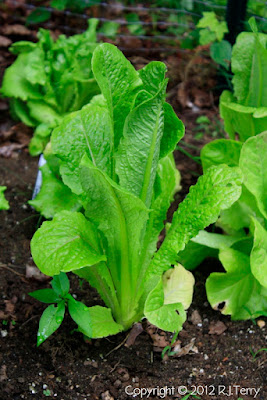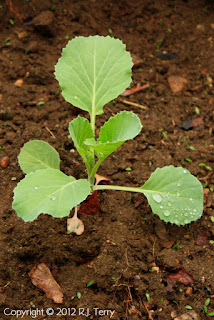Lately I find myself reading many books about organic farming. I seem to have this drive to learn as much as I can about organic growing and no matter how much I read I just can't seem to quench this thirst.
I just finished reading "Turn Here Sweet Corn" by Atina Diffley. Atina outlines her life from earliest memories, growing up on her families farm, leaving home at age 16 to find her own path in life, getting married, and then divorced. Through all these events she has a drive, a passion, for organic growing and to provide nutritious food for others. Wherever her life takes her she always has her hand in growing, whether it be an apartment garden, working at a co-op or working as a hired hand on a farm. She ends up meeting Martin Diffley, fifth generation farmer, who cares for his family's land, 120 acres of organic farmland which has never touched by chemicals. His family has always farmed this way because they believed doing things naturally was the best for the soil and plants. They believed they should leave the land in better condition than when they started there. They were growing organic before "organic" became certified by the USDA. Atina talks about her connection with the land, soil and seed, the importance of wholesome food, and how they love the land they are farming. Their farm becomes threatened and their land is lost, all but one acre, to development. They find another property to farm and again their land is threatened by an oil company that wants to put a pipeline straight through their farm. Throughout the story they are threatened by development, damaging storms, the threat of chemical over spray for neighboring farmers and an oil company wanting to take their land, but they continued to fight for what they believed in. Their deep connection to the soil and nature gave them the drive to overcome these battles and even write policy to protect organic farms land. The events in Atina's life all led her to where she is today, an organic vegetable farmer who also educates others about organic farming through their consulting business Organic Farming Works LLC.
This book was so captivating it was hard to put down and I didn't want it to end. It gave me the power and drive to keep working towards my goal of becoming an organic farmer and the realization that the event s in my life all seem to be leading me along this path. While I don't have a desire to run a 100 acre farm I do want to run a small 5+ acre micro organic farm. I feel the same connection with the land and also have the same philosophy that if you care for the soil naturally and organically you will feed it instead of depleting it. I agree with Atina, we should leave this land in better condition that when we came here.
I highly recommend this book to anyone who want to become an organic farmer or believes in the health benefits and importance of organic food!











































